The world of pet ownership extends far beyond the familiar realms of cats and dogs. For those seeking companions that are a bit more unconventional, miniature mammals offer fascinating alternatives that can fit comfortably in smaller living spaces. These diminutive creatures bring unique personalities, behaviors, and care requirements that can make pet ownership an adventure in discovery. From desert-dwelling diggers to gliding nocturnal creatures, unusual mini mammals can form strong bonds with their human caretakers while offering glimpses into the diverse adaptations of the mammalian world. Before considering any exotic pet, potential owners should research legality in their region, find reputable breeders or rescue organizations, and fully understand the specialized care these animals require. Let’s explore some of the most captivating tiny mammals that might just become your next beloved companion.
Fennec Foxes: Desert Treasures with Enormous Ears
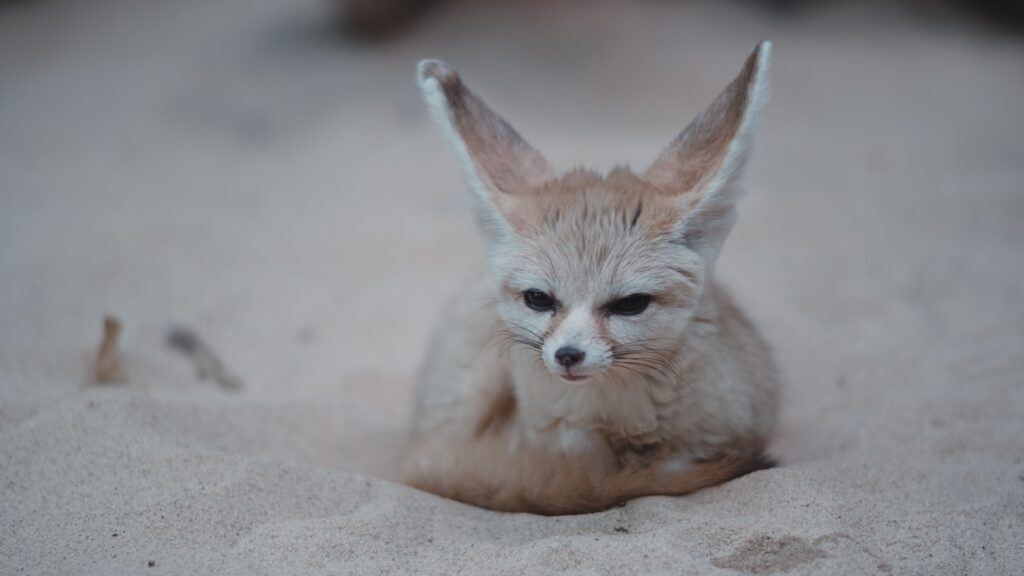
Native to the Sahara Desert, fennec foxes are perhaps the most exotic option on our list, characterized by their disproportionately large ears that can reach up to 6 inches in length. These nocturnal creatures weigh just 2-3 pounds as adults, making them the smallest species in the canid family. Their distinctive ears serve a dual purpose – helping them locate prey beneath the sand and dissipating heat in their harsh desert environment. While they can form bonds with human caretakers, prospective owners should be aware that fennec foxes require specialized care, including a carefully controlled diet, ample space to dig and explore, and legal permits in many jurisdictions. Their energetic nature and occasional vocalizations (which can include yips, barks, and a distinctive squeal when excited) make them better suited for patient owners in homes without close neighbors.
Sugar Gliders: Pocket-Sized Marsupials with a Sweet Disposition
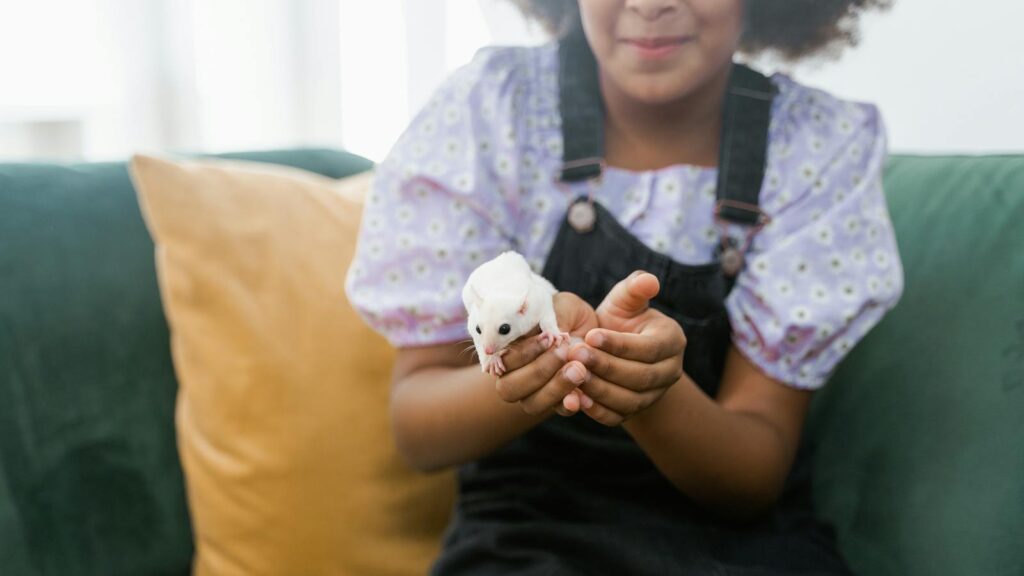
Originally from Australia and parts of Indonesia, sugar gliders have earned their place as unusual pets thanks to their adorable appearance and social nature. These tiny marsupials weigh only 4-6 ounces and possess a membrane called a patagium that stretches from their wrists to their ankles, allowing them to glide distances of up to 150 feet in the wild. Sugar gliders are colony animals that form deep bonds with their human caretakers, often developing the habit of sleeping in pockets or pouches worn by their owners. Their diet requires careful attention, including a complex mix of proteins, fruits, vegetables, and specialized nectar supplements to prevent nutritional deficiencies. Prospective owners should commit to keeping at least two gliders together, as these social creatures can become depressed and develop behavioral problems when kept alone.
African Pygmy Hedgehogs: Spiky Companions with Gentle Hearts
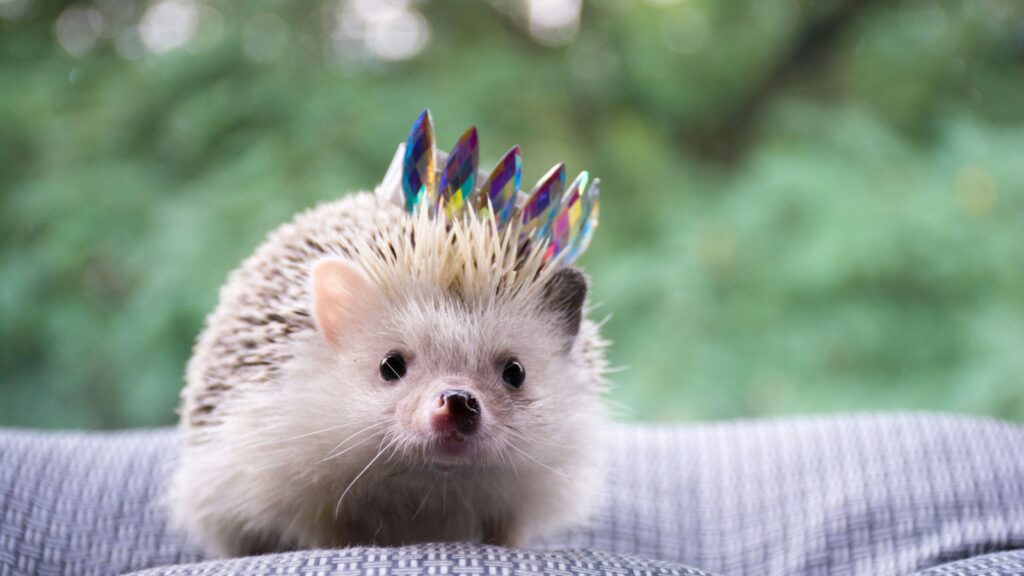
Despite their defensive quills, African pygmy hedgehogs have become increasingly popular as pocket pets due to their curious nature and manageable size of just 5-8 inches in length. These nocturnal insectivores are actually hybrids created from several hedgehog species and have been bred in captivity for generations to enhance their compatibility with human households. When properly socialized from a young age, hedgehogs can become quite tame, though they retain an independent streak that many owners find charming. Their care regimen includes specialized diets focused on high-quality cat food supplemented with insects, temperature-controlled environments (as they’re prone to attempting hibernation in cold conditions), and regular handling to maintain socialization. New owners are often surprised by their “anointing” behavior, where hedgehogs encounter new scents and then create a frothy saliva they spread on their quills – a natural behavior whose purpose remains somewhat mysterious to scientists.
Short-Tailed Opossums: Miniature Marsupials with Mouse-like Charm

Unlike their larger North American relatives, short-tailed opossums from South America are dainty creatures weighing only 3-5 ounces with distinctive pointed snouts and prehensile tails. These solitary marsupials lack the pouch associated with many of their relatives and demonstrate remarkable cleanliness, often dedicating significant time to grooming themselves. Short-tailed opossums are considered among the easiest exotic mammals to care for, as they thrive in relatively simple setups similar to those provided for fancy rats, but with climbing opportunities to satisfy their arboreal instincts. Their omnivorous diet includes insects, small amounts of fruit, and commercial food formulations designed for insectivores or high-quality cat food. Unlike many exotic pets, short-tailed opossums are typically comfortable with handling from the start and rarely bite unless severely stressed, making them suitable for gentle pet owners seeking an unusual but low-maintenance companion.
Degus: Social Chilean Rodents with Diurnal Habits
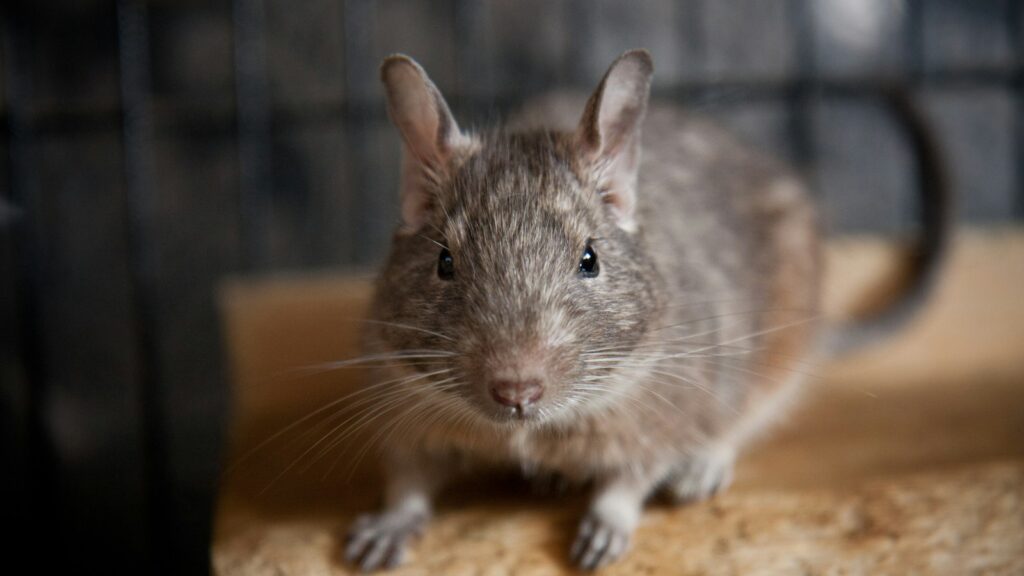
Degus offer the unusual advantage of being active during daylight hours, making them ideal for owners who want to interact with their pets during normal waking hours. Native to Chile, these social rodents resemble large gerbils with bushy tails and weigh about 9-10 ounces as adults. Degus are highly intelligent animals capable of recognizing their owners, learning their names, and even mastering simple tricks with consistent positive reinforcement. Their social nature necessitates keeping them in same-sex pairs or small groups, as isolated degus can develop stress-related behavioral issues and depression. Diet management is particularly crucial for these pets, as they’re extremely prone to diabetes and must avoid sugary foods entirely, instead requiring a high-fiber diet primarily consisting of timothy hay supplemented with specially formulated degu pellets. Their propensity for gnawing means they require sturdy metal cages rather than plastic habitats, along with numerous wooden toys to satisfy their natural chewing behaviors.
Elephant Shrews: Ancient Insectivores with Trunk-like Snouts
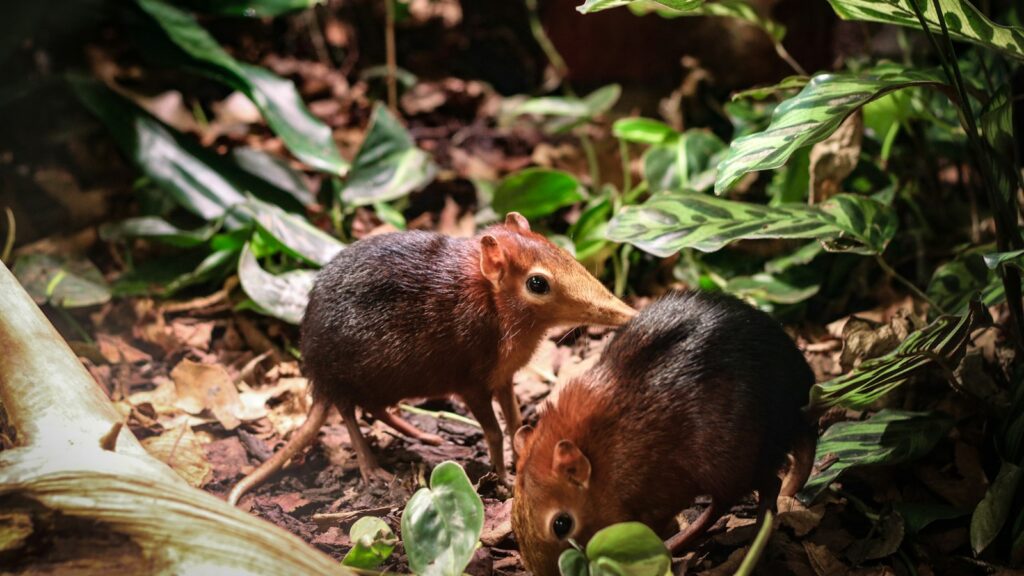
Despite their name suggesting relation to true shrews, elephant shrews (or sengis) actually belong to an ancient mammalian order more closely related to elephants, aardvarks, and manatees. These fascinating creatures feature elongated, flexible snouts reminiscent of tiny elephant trunks, which they use to probe for insects and other invertebrates. While not common in the pet trade, certain species, like the Short-eared Elephant Shrew, are occasionally available through specialized exotic animal breeders. Their housing requires careful consideration, including deep substrate for digging, multiple hiding places, and secure enclosures to prevent escapes by these remarkably fast and agile animals. Elephant shrews primarily consume insects supplemented with small amounts of fruit and specialized insectivore diets, making them best suited for experienced exotic pet owners willing to maintain live insect colonies. Their nervous temperament means they’re more suitable as observational pets rather than handling companions, though patient owners report that they can become accustomed to gentle interaction over time.
Tenrecs: Madagascar’s Spiny Evolutionary Marvels

Tenrecs represent one of evolution’s most fascinating examples of convergent evolution, with different species resembling hedgehogs, shrews, and even otters, despite being unrelated to these animals. The most commonly kept species is the Lesser Hedgehog Tenrec, which weighs around 4-7 ounces and sports spines similar to hedgehogs but with unique adaptations, such as the ability to “stridulate” their spines to produce warning sounds. Unlike true hedgehogs, tenrecs have poor temperature regulation and require carefully controlled warm environments between 75-85°F to prevent them from entering torpor, a hibernation-like state. Their omnivorous diet in captivity typically consists of high-quality cat food, mealworms, crickets, and occasional fruits and vegetables in small quantities. While generally solitary and sometimes shy, tenrecs can become accustomed to their caretakers over time, though they tend to remain more aloof than many other exotic pets and are best suited for owners who appreciate observing natural behaviors rather than seeking cuddly companions.
Viscachas: South American Chinchilla Relatives with Rabbit-like Traits
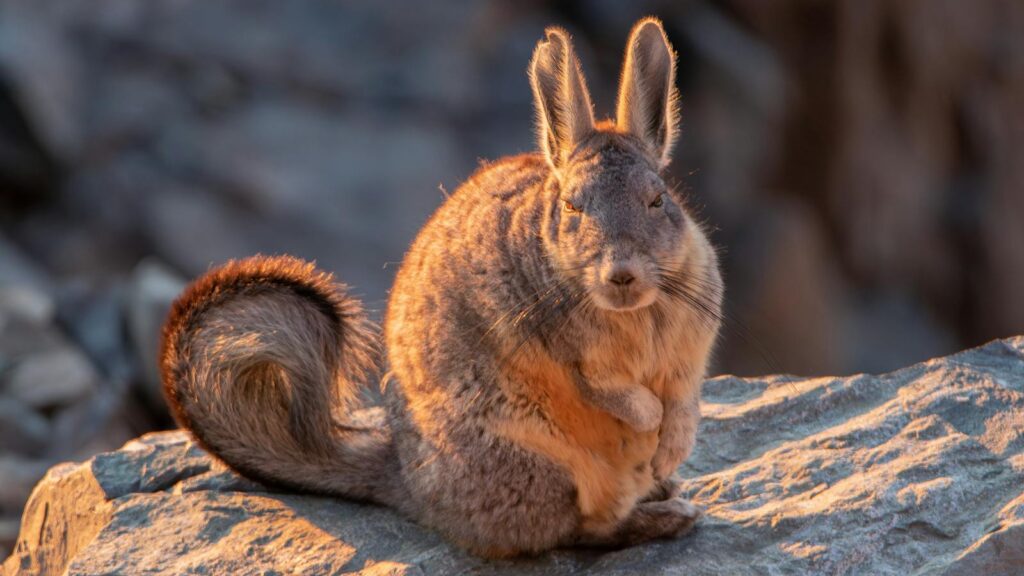
Mountain viscachas combine the appearance of rabbits and chinchillas, featuring long ears, bushy tails, and dense, soft fur that makes them irresistible to touch. These rare exotic pets are actually close relatives of chinchillas, belonging to the Chinchillidae family, but grow somewhat larger, at 3-4 pounds, and have distinctive facial features, including prominent whiskers that create a mustache-like appearance. Like their chinchilla cousins, viscachas require dust baths several times a week to maintain their luxurious coat, which is too dense for traditional water bathing. Their specialized digestive systems require a high-fiber diet primarily consisting of grass hay supplemented with small amounts of pellets formulated for chinchillas and occasional fresh greens. Viscachas are particularly sensitive to heat stress and must be housed in environments that remain below 75°F, with many owners installing cooling stone slabs or air conditioning to maintain appropriate temperatures during warmer months.
Dormice: Hibernating European Rodents with Fairy Tale Fame
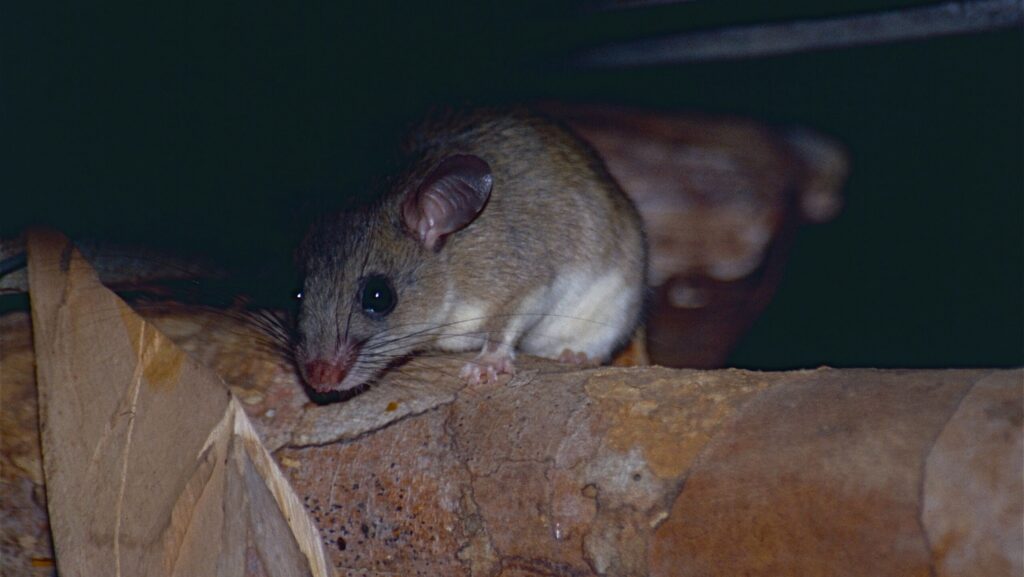
Made famous in Lewis Carroll’s “Alice in Wonderland,” dormice are diminutive rodents native to Europe and parts of Africa and Asia, with the Edible Dormouse and African Dormouse occasionally found in the exotic pet trade. These nocturnal creatures feature large eyes, furry tails, and a charming, rotund appearance when they fatten up before their extended hibernation periods, which can last up to six months in colder climates. Housing requirements include tall, secure enclosures with numerous climbing branches, nesting boxes, and hiding spots to accommodate their arboreal lifestyle. Their diet consists primarily of nuts, seeds, fruits, and insects, with owners carefully monitoring fat intake to prevent obesity while ensuring sufficient reserves for natural torpor periods. Unlike many rodents, dormice have remarkably long lifespans, with some species living 5-6 years in captivity, requiring a significant long-term commitment from potential owners.
Jerboas: Bipedal Desert Hoppers with Kangaroo-like Movement
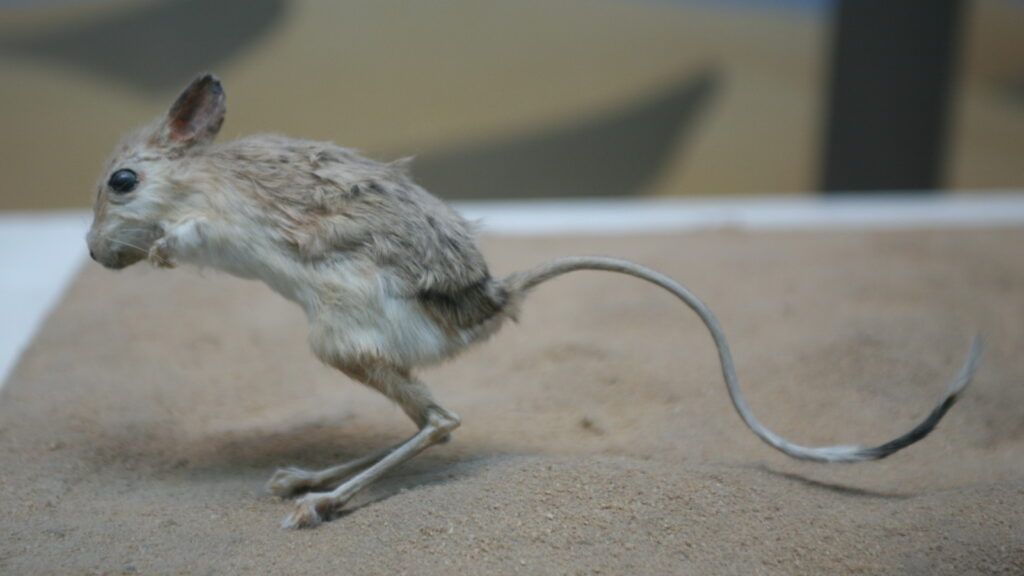
Jerboas present one of the most unusual locomotion styles in the mammal world, moving exclusively on their powerful hind legs in kangaroo-like hops that can cover distances of up to six feet in a single bound. These desert-dwelling rodents from Africa and Asia feature disproportionately long tails that function as balancing organs, enormous ears that dissipate heat, and specialized fur that provides insulation while allowing for efficient temperature regulation. Housing jerboas requires deep substrate for digging, spacious enclosures to accommodate their impressive jumping abilities, and careful temperature control to replicate their arid native habitats. Their diet consists primarily of seeds, nuts, dried insects, and small amounts of fresh vegetation, with access to water provided despite their evolutionary adaptations for water conservation. Due to their specialized needs and relatively rare appearance in the pet trade, jerboas are best suited for experienced exotic pet keepers with a specific interest in desert-adapted species.
Duprasi: Gentle Desert Rodents with Round Proportions
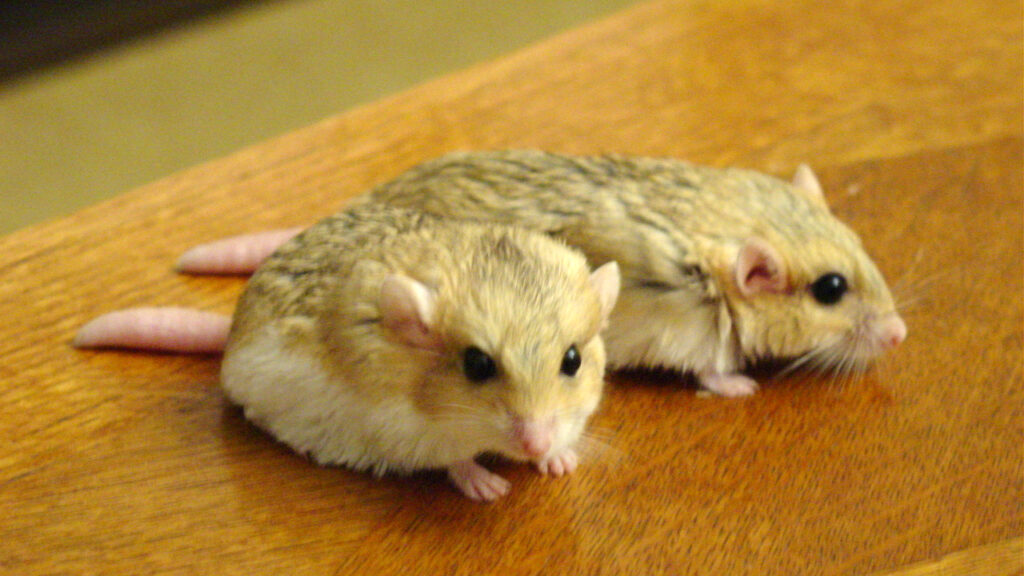
Also known as fat-tailed gerbils, duprasi are endearing rodents from the North African desert with distinctively plump tails that serve as fat storage organs during food scarcity. Unlike many exotic pets, duprasi are notable for their docile temperament, rarely biting even when startled, and their relatively minimal odor compared to other rodent species. Their housing requirements include deep bedding for burrowing (at least 10 inches is recommended), solid-floor exercise wheels to prevent tail injuries, and simple hiding places such as terracotta pots or wooden structures. These solitary creatures actually prefer living alone, making them ideal for owners who want just one pet rather than having to maintain social groups. Their diet consists primarily of a high-quality seed mix designed for gerbils, supplemented with fresh vegetables, occasional fruits, and protein sources such as mealworms or dried crickets.
Springhaas: The “Spring Hare” That’s Actually a Rodent
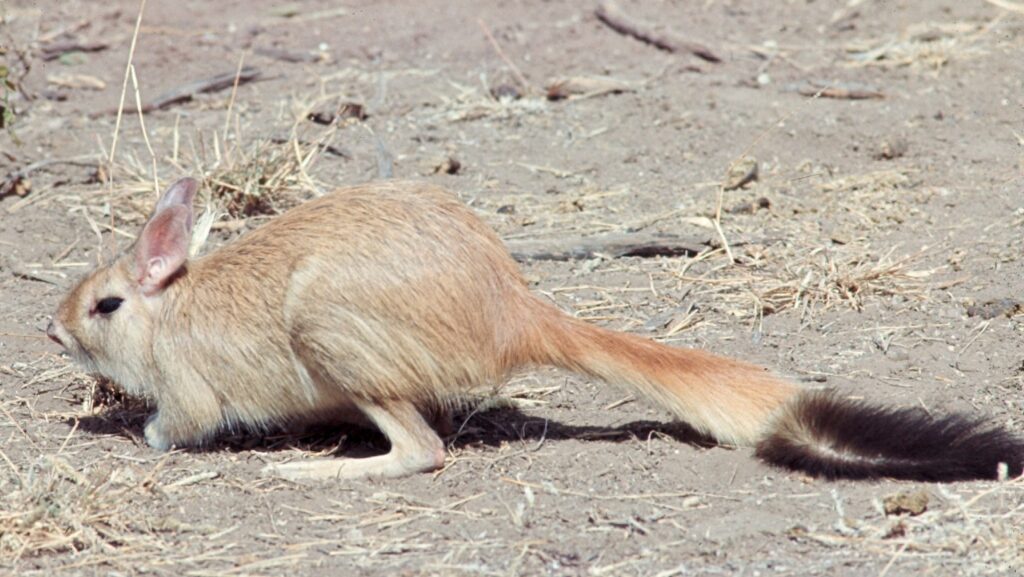
Despite their common name “spring hare,” springhaas are neither hares nor rabbits but belong to their own unique rodent family with just one living species. These remarkable animals from southern Africa move in a manner similar to kangaroos, using their powerful hind legs to make impressive leaps, while their long, tufted tails provide balance. Adult springhaas weigh between 6-8 pounds and require exceptionally large enclosures with minimum dimensions of 6 x 6 feet with ample height for jumping, making them suitable only for dedicated exotic pet enthusiasts with significant space. Their complex dietary needs include high-quality timothy hay, specialized rodent pellets, a variety of fresh vegetables, and occasional fruits and nuts in small quantities. While they can become accustomed to their caretakers, springhaas maintain a stronger wild temperament than many exotic pets and generally prefer minimal handling, making them better suited for owners who appreciate observing their natural behaviors rather than seeking interactive companions.
Considerations Before Adopting Unusual Mini Mammals
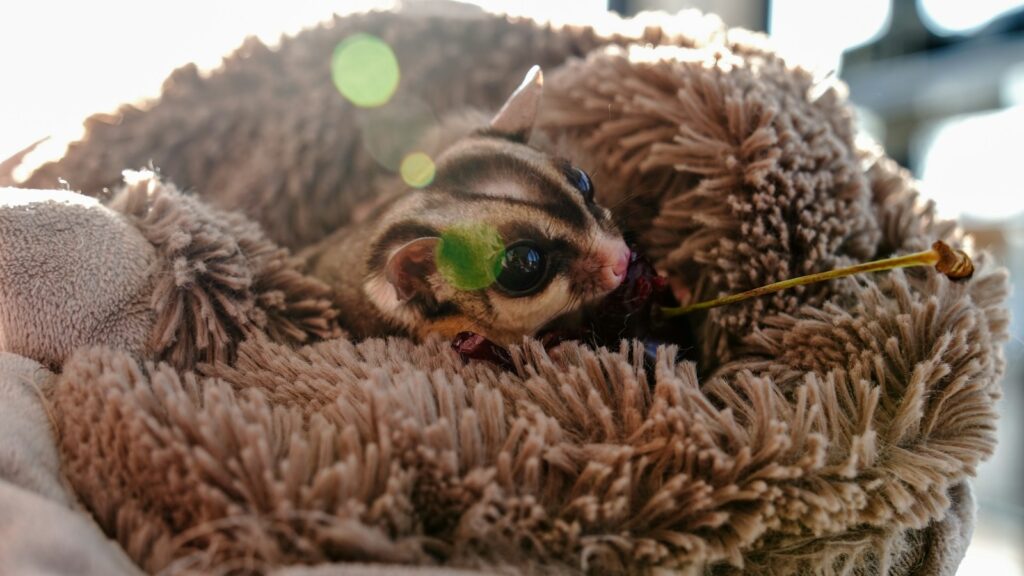
Before bringing home any exotic pet, prospective owners must conduct thorough research regarding legality, as many unusual mammals are restricted or require permits depending on local regulations. Veterinary care presents another critical consideration, as finding qualified exotic animal veterinarians can be challenging in many regions, and treatment costs typically exceed those for conventional pets. Specialized diets, environmental requirements, and behavioral needs demand significant commitment, with many exotic species requiring daily interaction, specialized equipment, and consistent routines to maintain their physical and psychological health. Ethical sourcing should also factor into decision-making, with potential owners seeking reputable breeders who adhere to proper genetic diversity practices or, when possible, adopting through rescue organizations dedicated to exotic animals. Finally, prospective owners should consider the pet’s natural lifespan – many unusual mammals live 5-15 years, representing a substantial long-term commitment that should align with the owner’s future housing and lifestyle plans.
The world of unusual mini mammals offers extraordinary opportunities for those seeking unique animal companionship. From the enigmatic fennec fox to the bouncing springhaas, these diminutive creatures bring distinctive behaviors, appearances, and care requirements that enrich the lives of dedicated exotic pet enthusiasts. However, responsible ownership of these specialized animals demands thorough research, preparation, and commitment. The reward for this investment comes in forming bonds with remarkable animals that few people ever experience, observing behaviors that have evolved over millions of years, and participating in the conservation of genetic diversity within captive populations. Before embarking on the adventure of exotic pet ownership, potential caretakers should honestly assess their ability to meet these animals’ complex needs throughout their entire lifespan. For those who can provide appropriate care, these unusual mini mammals offer a window into the remarkable diversity of mammalian life and the opportunity to forge connections with some of nature’s most fascinating small creatures.

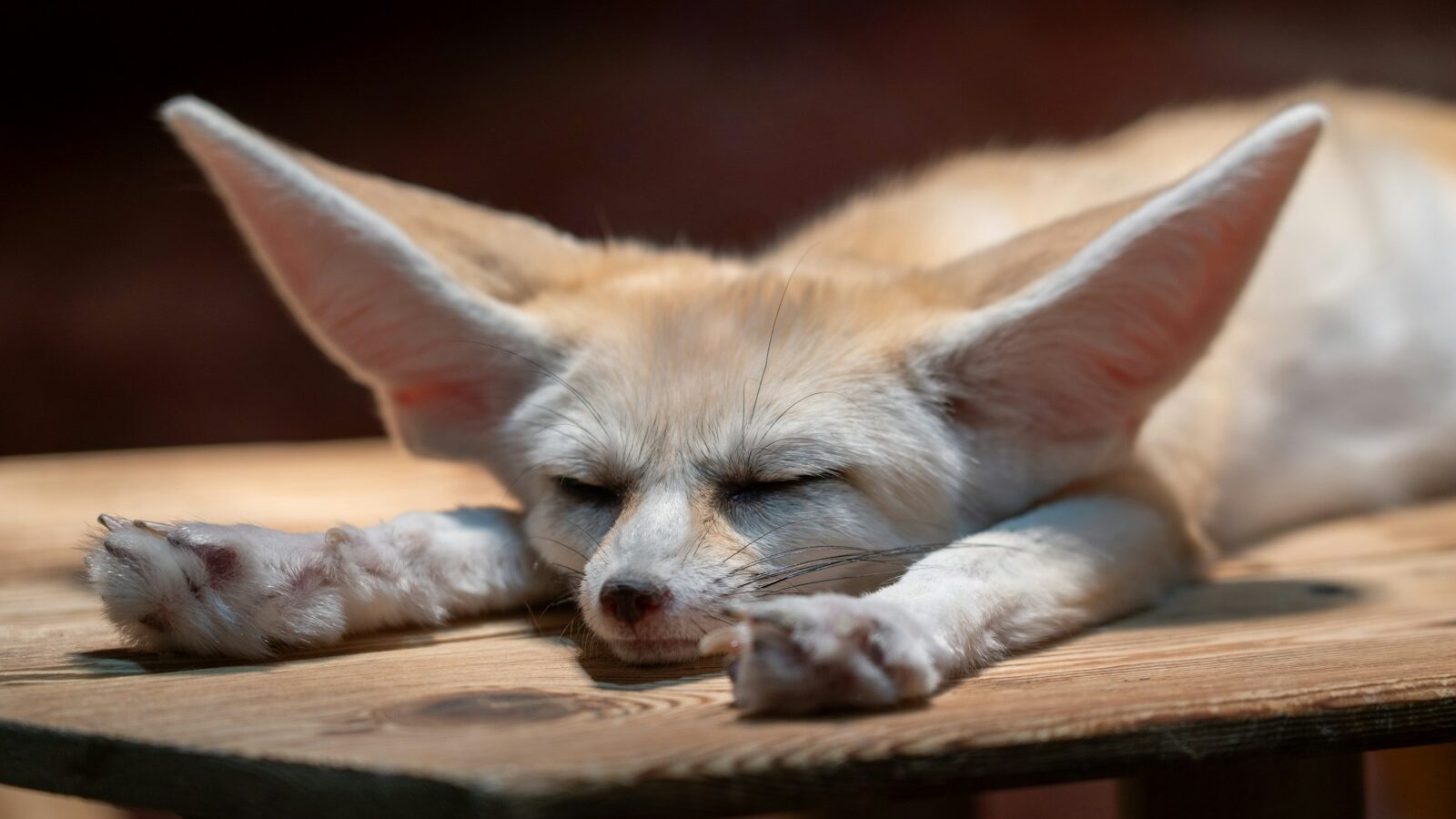
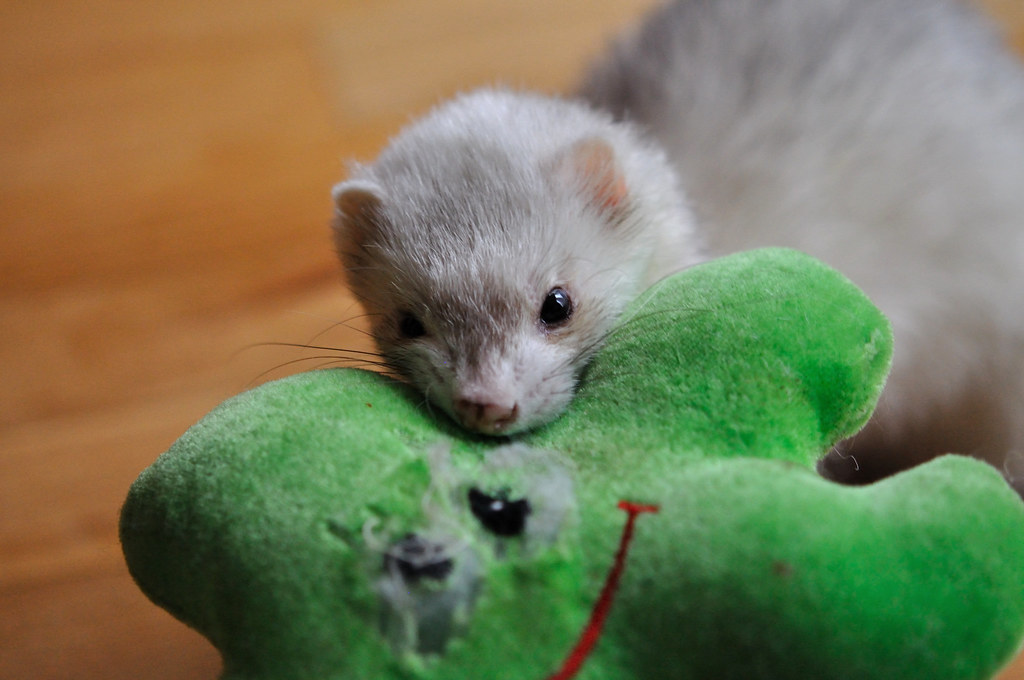
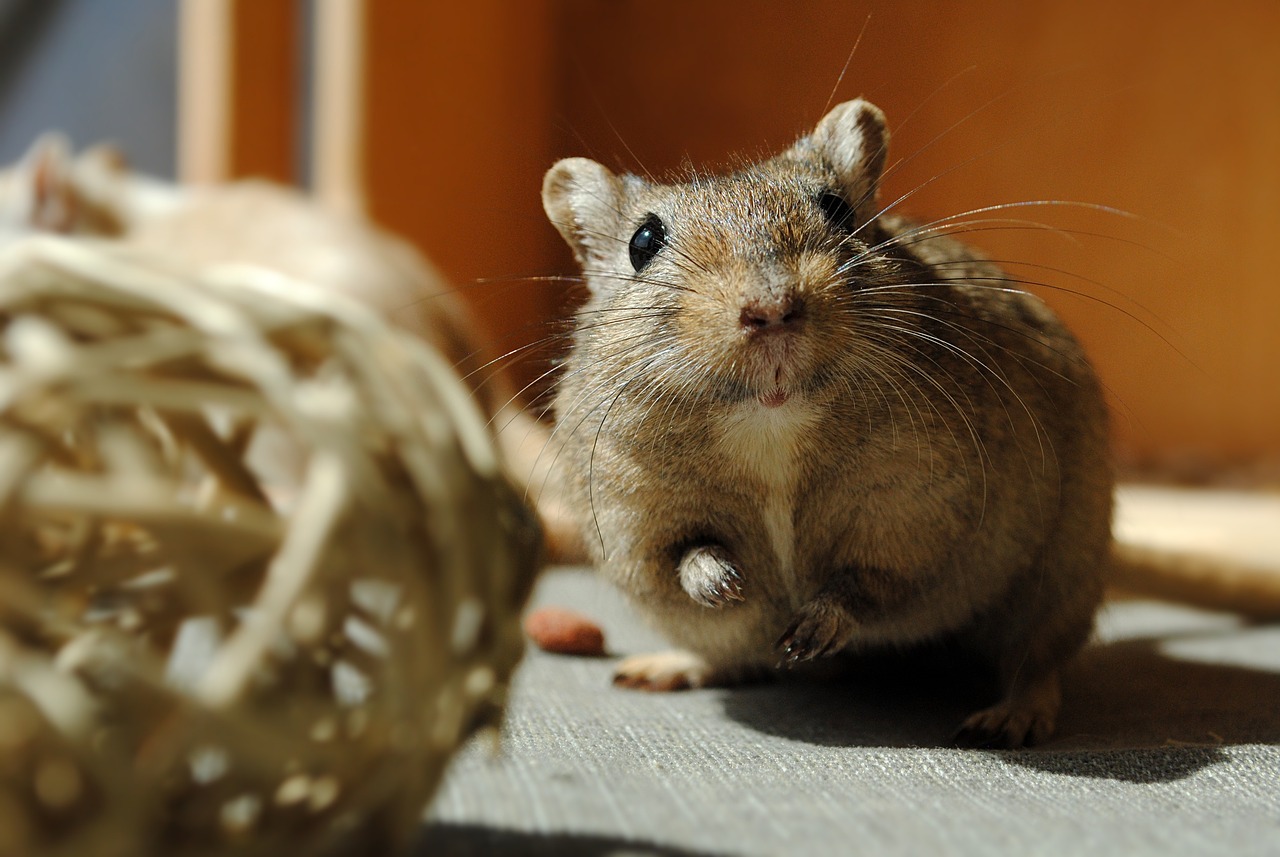

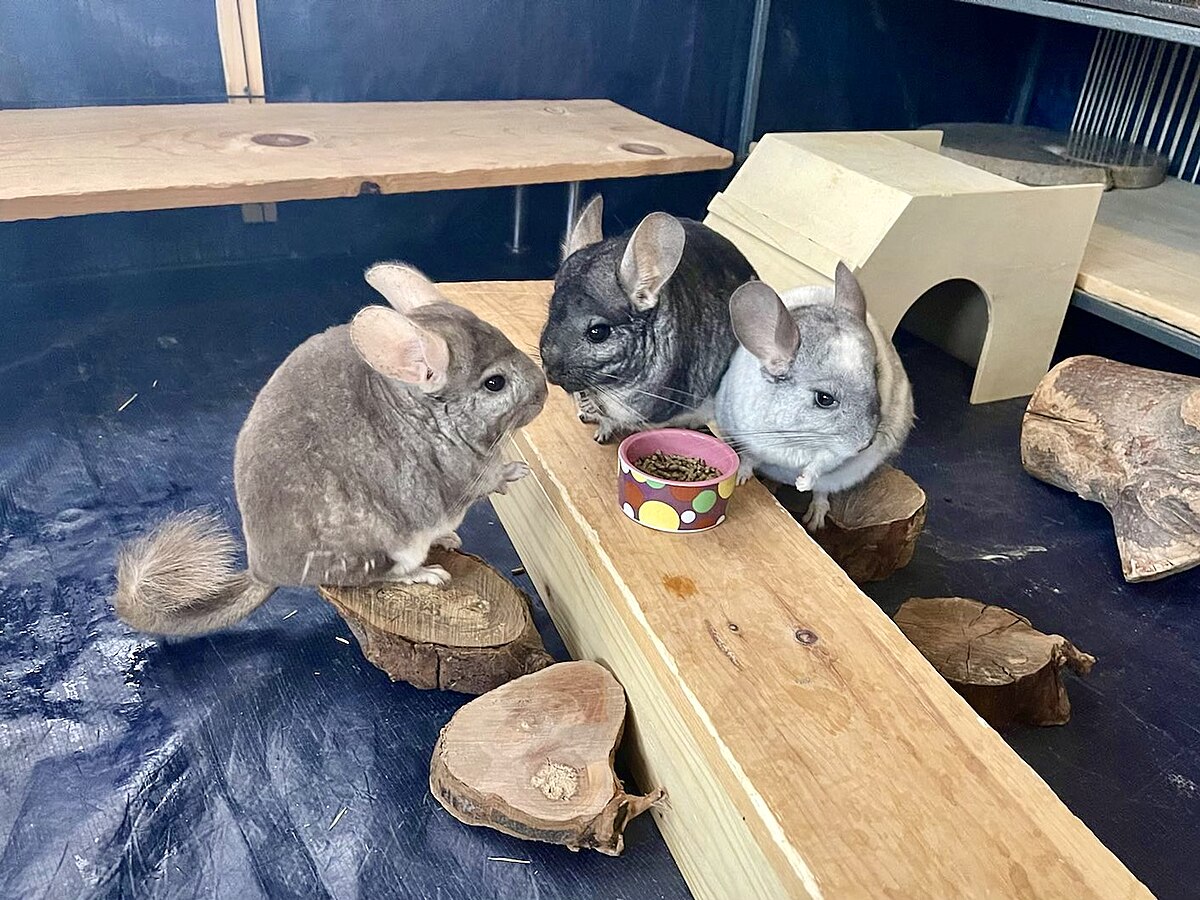
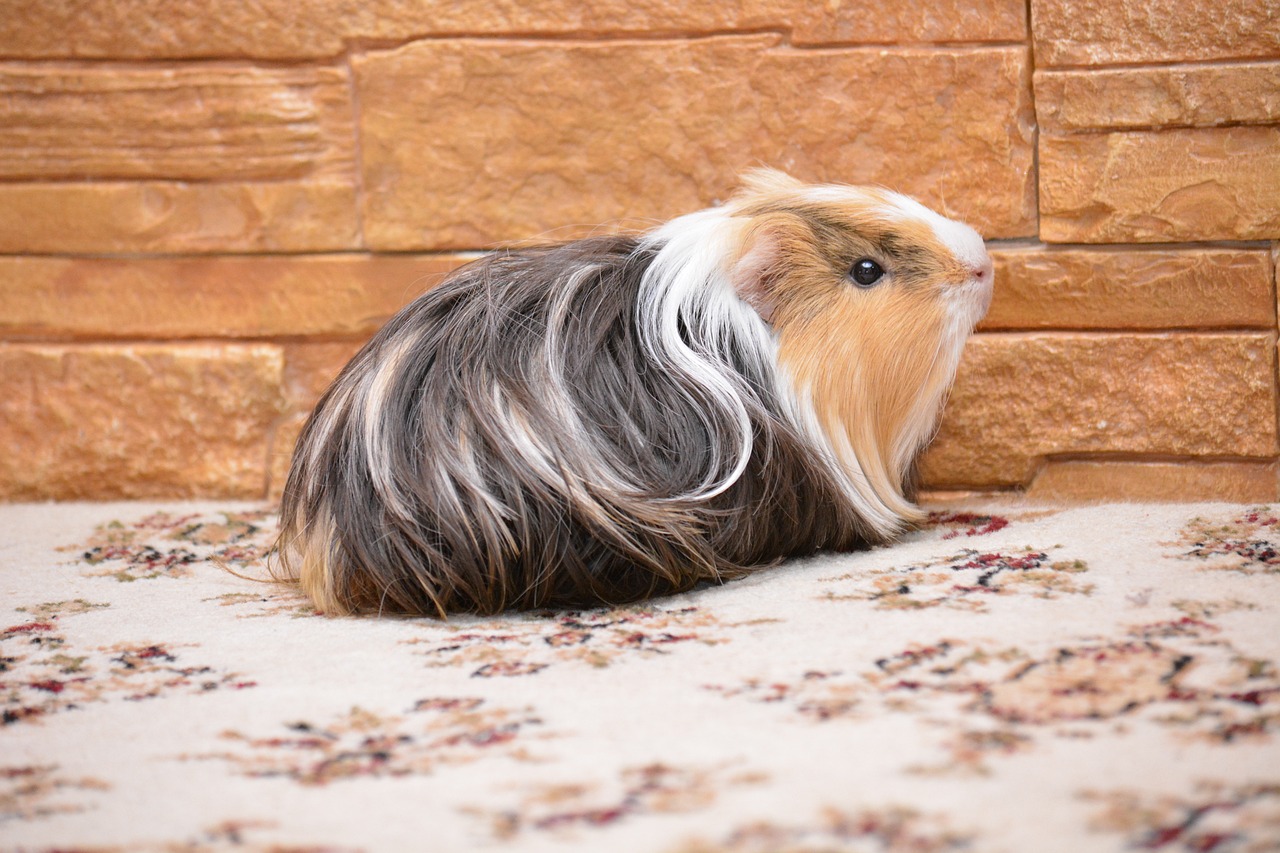
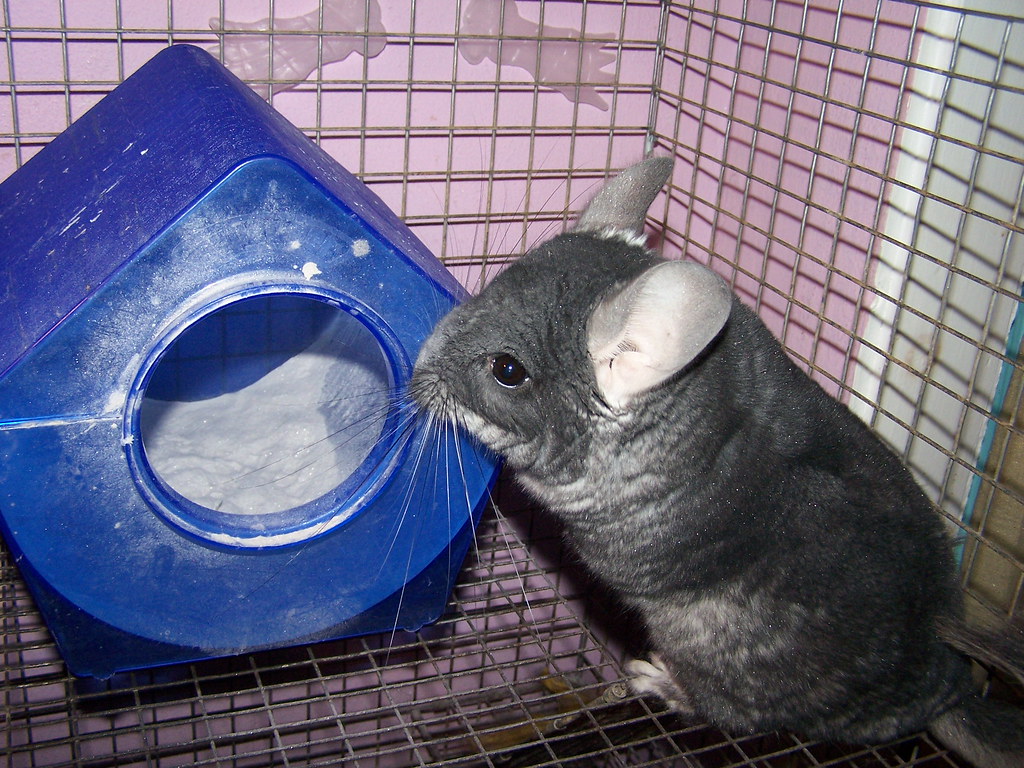

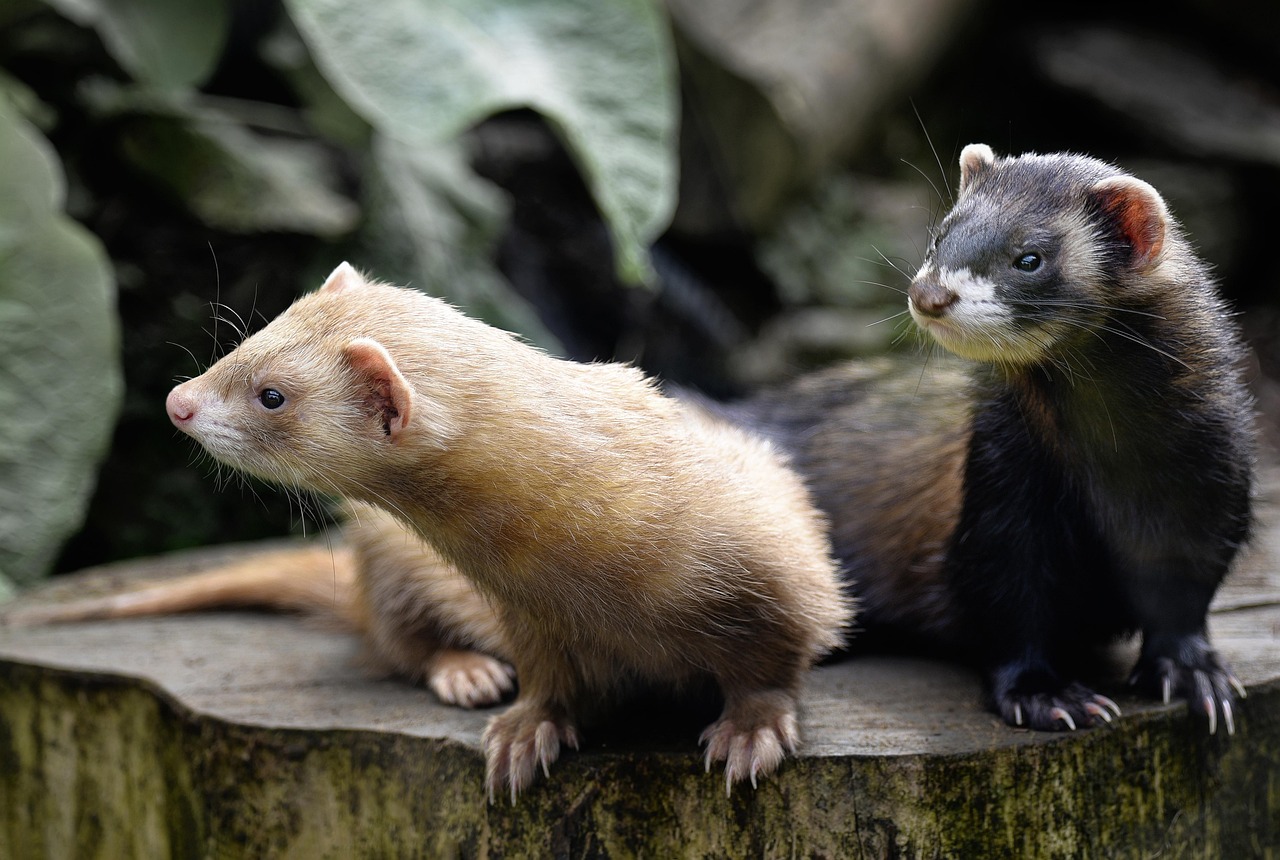
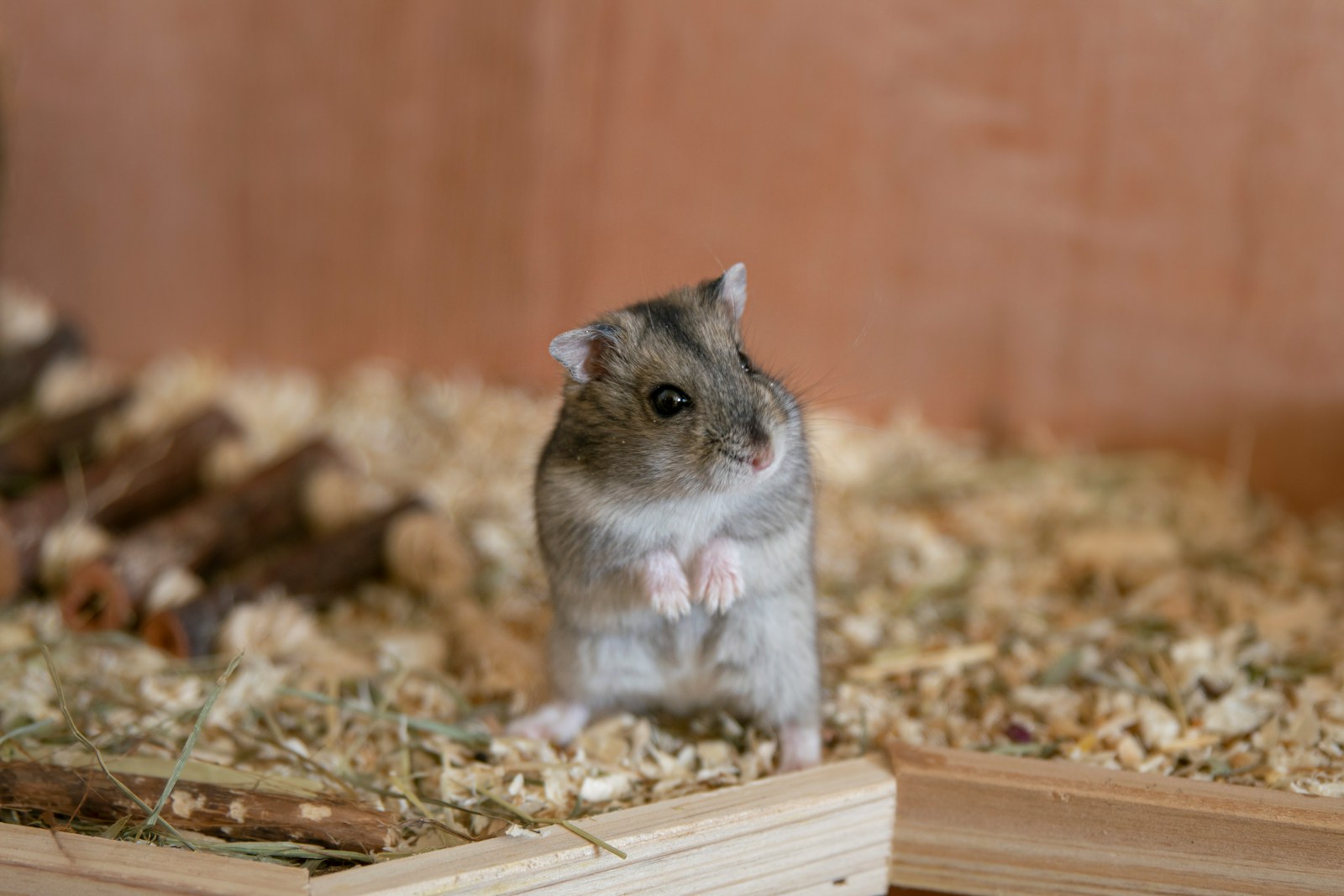
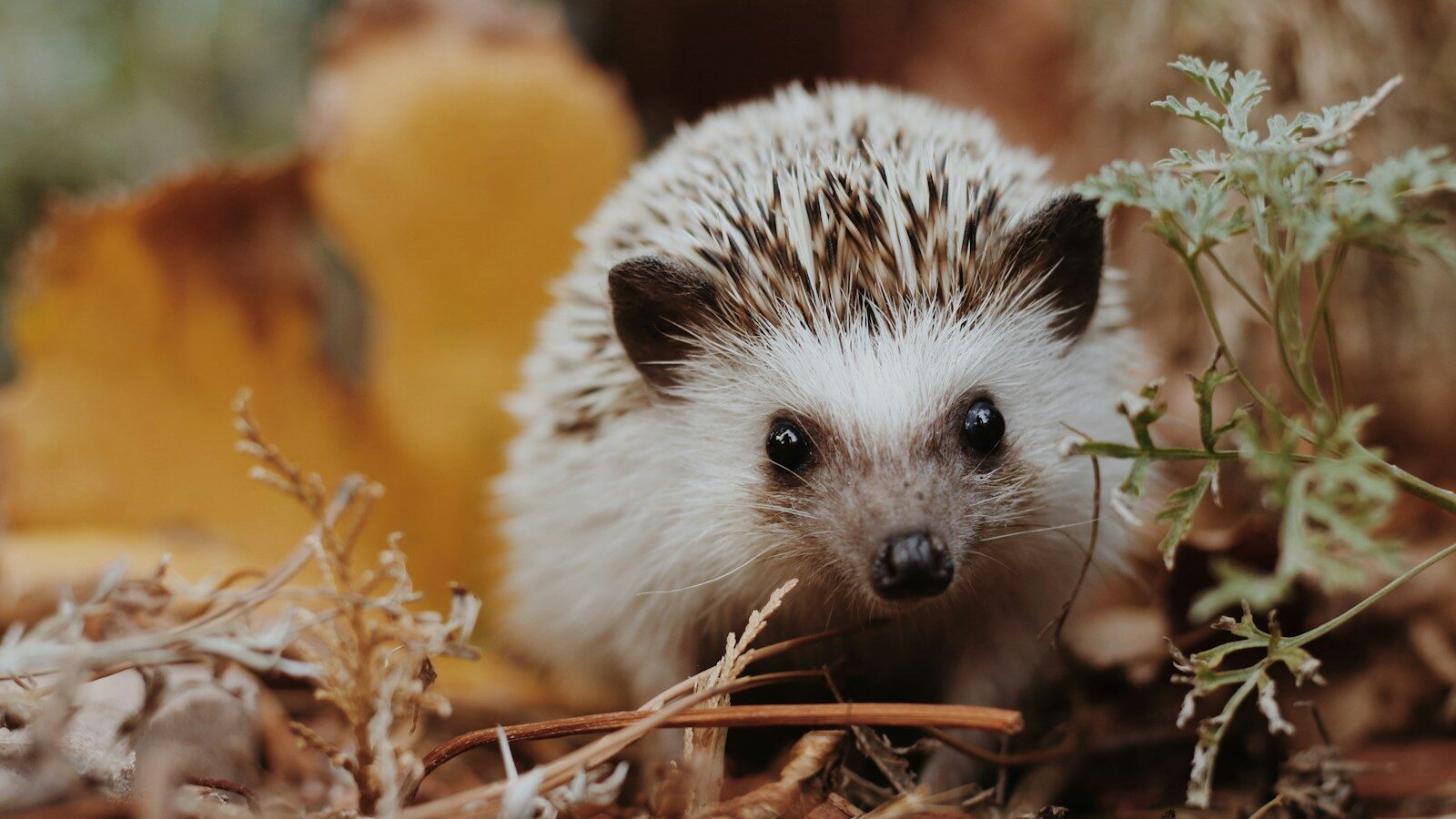




Leave a Reply